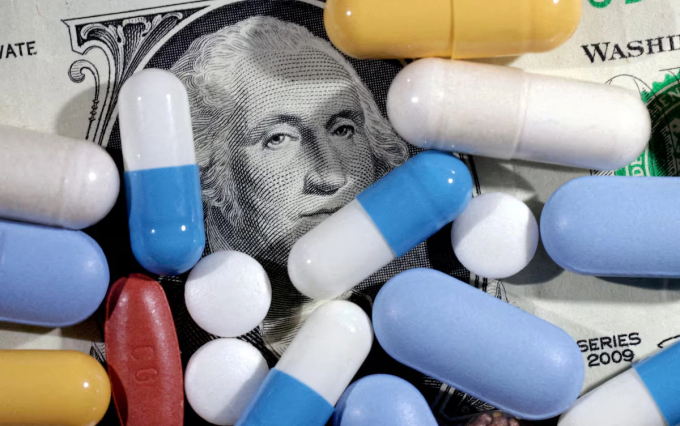
Prices for rare-disease drugs are rising at an alarming rate. In the United States, the average list price of newly approved drugs in 2023 is expected to be around $300,000 per year, up from $180,000 in 2021 and more than double the average at the end of the last decade, according to analysis by research firm Evaluate. Notably, the majority of new approvals are orphan drugs, accounting for 72% of all new drugs approved in 2024, up from 51% in 2019.
Average Listed Price is the average price officially published by manufacturers, suppliers or business entities for a product before applying any discounts, promotions or rebates.
Some single drugs have set records in price, such as Lenmeldy, a one-time gene therapy for leukodystrophy (MLD), which now costs $4.25 million, making it the world’s most expensive drug. Previously, Zolgensma, a treatment for spinal muscular atrophy, cost more than $2.1 million per course. These figures make it difficult for many countries, including rich ones, to pay for patients.
Few patients, high costs cause drug prices to rise
The key to rare diseases is that the number of patients is very small, sometimes only a few thousand people worldwide. However, the research and development (R&D) costs to bring a drug to market are still not much different from those of generic drugs, often ranging from $300 million to more than a billion. With such a small patient population, companies are forced to raise drug prices dozens of times higher to break even.
For example, if a rare disease drug is priced at $100,000 a year and only 10,000 people use it globally, the revenue is $1 billion. This is just the minimum to cover the initial investment costs. This explains why many rare disease drugs are approved and brought to market despite their “sky-high” prices.
Prolonged monopoly protection increases prices
In the US and Europe, companies developing drugs to treat rare diseases enjoy a series of incentives thanks to laws such as the Orphan Drug Act (1983). Accordingly, companies are exempt from taxes, exempt from filing fees with the FDA and, most importantly, are granted market exclusivity for 7 years (in the US) or 10 years (in Europe), even when the patent has expired.
This significantly reduces competition and allows companies to charge high prices, since there are no alternatives on the market. A study by the Yale School of Medicine found that in many cases, the price increase is not due to cost but because of the “commercial monopoly” that allows it.
Price control laws indirectly push up new drug prices
To prevent uncontrolled drug price increases, laws such as the US Inflation Reduction Act (IRA) require that annual drug price increases not exceed inflation. However, this inadvertently creates an incentive for companies to set extremely high starting prices at launch, then maintain small annual increases (around 4–10%) to avoid regulation.
As a result, the price of new drugs has increased rapidly and is almost impossible to reduce. Critics say the new law is only addressing the symptoms without intervening in the root cause of the mechanism that forms drug prices.
Dr. Sarah Butler, of ADVI Health, noted that some of the prices negotiated under this law are even higher than patients' current out-of-pocket costs.
Gene and cell therapy - expensive technology, difficult to replicate
Advances in gene and cell therapies for rare diseases have been a huge step forward for medicine, but they have also driven up drug prices. They are complex, expensive to manufacture, and require highly skilled storage and distribution processes and specialized infrastructure.
For example, Lenmeldy and Zolgensma are both one-time gene therapies, but they cost $4.25 million and $2.1 million, respectively. Countries like Germany, France, and the UK often negotiate lower prices than the US, but the final price is still often over $1-2 million, unprecedented in the history of rare disease treatment.
In addition, companies often do not share manufacturing technology, reducing the possibility of having generic drugs or cheaper versions.
Lack of competition from generics and biosimilars
Unlike common drugs, drugs for rare diseases are difficult to replace with generic (chemically equivalent) or biosimilar (biologically similar) versions. Generics are copies with the same active ingredient as the original drug, while biosimilars are nearly identical versions of biological drugs, often used to treat cancer or autoimmune diseases.
The reasons lie in both technical barriers and low profits. With small patient populations, generic companies are reluctant to invest in production, while the testing processes for biosimilars are complex and expensive.
A typical example is Soliris (eculizumab), a drug to treat HUS, which is priced at $410,000 per year in the US and up to $700,000 in Canada. Although it was introduced in 2007, there are still very few competing products on the market due to legal and technical barriers.
TH (according to VnExpress)Source: https://baohaiduong.vn/vi-sao-thuoc-chua-benh-hiem-ngay-cang-gia-tren-troi-414310.html












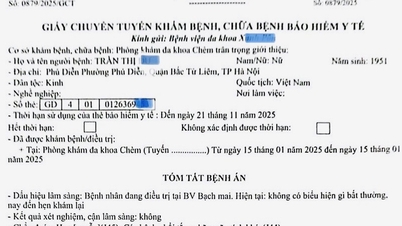





















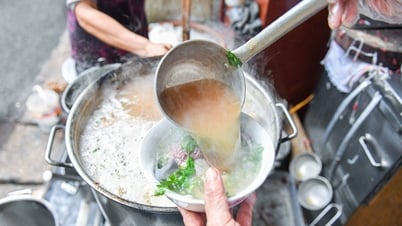
































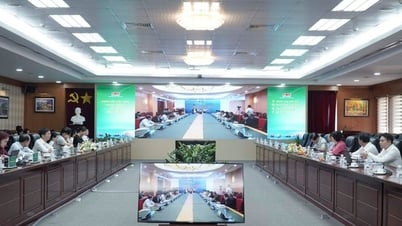
























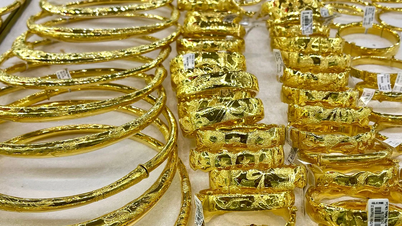

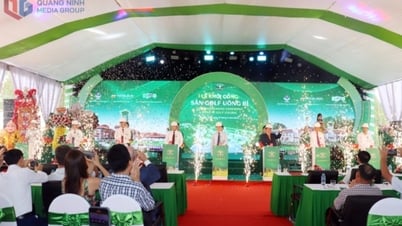
















Comment (0)